If you’re planning to breastfeed your baby, make sure to think about how to prepare your home and your partner for your new journey.
You’ve bought diapers and read The Happiest Baby on the Block, and toured your birthing facility. You’ve discussed names and parenting techniques. Are you feeling ready as you can be for your baby to arrive?
But are you ready for breastfeeding?
Breastfeeding has enormous benefits for you and your baby. A little preparation helps you start with confidence.
Parents are often given the message that breastfeeding is natural. That’s true—it IS a natural function of the body. But that doesn’t mean breastfeeding is without challenges, though.
“Everyone thinks about taking a birthing class for something that will last a few hours,” points out Nest Collaborative IBCLC, Robin Williams. “Don’t forget to educate on breastfeeding-something that can last several months!”
Breastfeeding education helps reduce the barriers to a successful breastfeeding journey. Research shows that parents who take breastfeeding classes end up breastfeeding for longer and are more likely to breastfeed exclusively, which both the CDC and WHO recommend.
If you’re planning on learning breastfeeding basics in a childbirth class, though, keep in mind that breastfeeding makes up a pretty small part of that curriculum. A better option is to sign up for a class dedicated to breastfeeding.
While each class will be designed differently, there are some important takeaways for all parents. (Because yes, your partner should take the course with you!)
What does your baby need when breastfeeding? How do you get a good latch? How often do they feed? How much weight should they gain? How much milk should you be making?
Having questions and concerns about breastfeeding is common! Especially when you hear about babies who don’t gain enough weight or parents worrying about their milk supply. What’s more, babies are all different—while one baby might crawl up to the breast right after birth and start nursing away, another baby may not show interest in nursing immediately.
A breastfeeding class can help you make the most out of your early days of breastfeeding by encouraging you to do the following:
When most people picture breastfeeding, they likely call to mind the classic cradle hold of a parent holding their baby in the crook of their arm.
But while the cradle hold can be a lovely way to nurse your baby, it isn’t necessarily the right position for everyone. There’s no one right way to nurse! Different positions work better for each parent/baby dyad. It all depends on your unique needs.
For example, parents who give birth via C-section may find the cradle hold to be too much pressure on their incision site. Instead, the football hold or laying down may be better options for starting nursing.
You honestly won’t know until you give birth and meet your baby, but you can prepare yourself by knowing your options in advance.
Where does milk come from? Besides your breasts, that is.
Milk production and supply are fascinating. They involve hormones, physiology, and an ongoing supply-and-demand relationship between you and your baby. Understanding the basics of milk supply can demystify the process and help you handle any dips or surges in supply as they occur.
Every parents needs help. This is true in general, but especially true for breastfeeding. From learning how to latch to dealing with common—and uncommon—breastfeeding challenges , there’s a lot to deal with. Lactation consultants are trained to help you identify problems and find the right solution for you and your baby.
But if your baby is cluster feeding at 3 am or if you’re feeling a searing pain in your nipple each time your baby latches, the last thing you want to do is vet healthcare providers. Instead, make sure you seek help from a lactation consultant before you need it.
Every parent is encouraged to make a birth plan for their new baby. While most parents know it might not all go as planned, it helps articulate their priorities and communicates expectations to their care team.
Birth plans often don’t go beyond delivery, but what happens after your baby is safely in your arms?
Including your plans for breastfeeding communicates your wishes to your healthcare team regarding how you want your baby cared for following birth. It should include your expectations for the following:
If you deliver in a hospital or birth center that’s designated Baby-Friendly, they’ll have policies in place that support breastfeeding. However, there are currently fewer than 600 Baby-Friendly hospitals and birth centers throughout the US, making it all the more important to communicate your wishes for breastfeeding.
It’s not just important for your partner to know the benefits of breastfeeding for your baby and for you . They need to know how to best support you during your breastfeeding journey.
This support goes beyond giving an occasional bottle—though that may be part of it. Partners who put in the time to understand how breastfeeding works, what challenges breastfeeding parents face, and emotional and physical labor can make breastfeeding less stressful and isolating.
That being said, you and your partner should also talk about the logistics of newborn life. Middle-of-the-night feedings. Diaper duty. Snacks. (Yes, snacks are an essential part of breastfeeding. It’s hungry work!) Before your baby arrives, figure out how you and your partner will divide the workload. You’ll be glad you did.
As important as at-home support is, though, there’s nothing quite like the support of other breastfeeding parents. Let’s face it, the pain of a bad latch/clogged ducts/thrush/mastitis/teething babies/twiddling toddlers is like pledge week for breastfeeding parents.
“Strange as it may sound,” says Williams, “breastfeeding can be isolating. Talking to someone else going through what you are, or who has been there, can be a bright spot in your day!”
The Covid-19 disrupted a lot of in-person support, but the online community has never been more robust. Social media and Zoom have helped connect parents in ways our own parents and grandparents wouldn’t have imagined.
That being said, don’t shy away from asking for help from others, even if they’re not breastfeeding parents. Meal prep help, assistance cleaning, or a pair of safe, trusted arms to rock baby to sleep while you take a much-deserved hot shower can do wonders for your well-being. And when you feel good, you’re more likely to feel empowered as a breastfeeding parent.
There are dozens of online support groups to choose from these days. While we encourage breastfeeding parents to find the best support network for them, it’s key to look for ones that take an evidence-based approach to breastfeeding. That’s why we’re excited to offer the Latch Lounge for parents. It combines the experience of IBCLCs with the I-know-how-you-feel empathy of new parents. The best part—it’s covered by insurance.
Nursing pillows, nursing pads, nursing bras, breastfeeding-friendly clothes, nursing covers (if you’re so inclined), and other breastfeeding accessories are perfect items to add to your registry.
Even if you don’t go for a baby registry, you should still make sure you’re getting the supplies you need for breastfeeding success. Ideally, you should pick a spot or two at home for breastfeeding. Then, identify what items could help you feel most comfortable there. Is it a cozy rocking chair? Extra pillows for your couch? An end table for storing snacks, drinks, and a phone charger for those early days of breastfeeding?
Got questions? Looking for support before your baby arrives? We’d love to help you. Book a convenient online video appointment with a Nest Collaborative IBCLC.
